In any ecological environment, there is a food chain starting with the smallest and getting bigger at each link until you reach the top. Looking first at the oceans, and plankton – one of the smallest of God’s creatures – feeds Baleen Whales (those without teeth) of which the Blue Whale is the largest known animal to have ever existed on Earth, weighing in at up to 200 tonnes.
But in lesser extreme environments such as New Zealand, mice are generally opportunistic omnivores. Plant food is usually seeds, but green parts are also eaten. Invertebrates (including insects and spiders) are also the main species eaten.

The food chain goes on in its inter-relationships. Mice are a key food source for rodents, rats as well as mustelids (e.g. stoats and ferrets), and feral cats which in turn can also prey on rats.
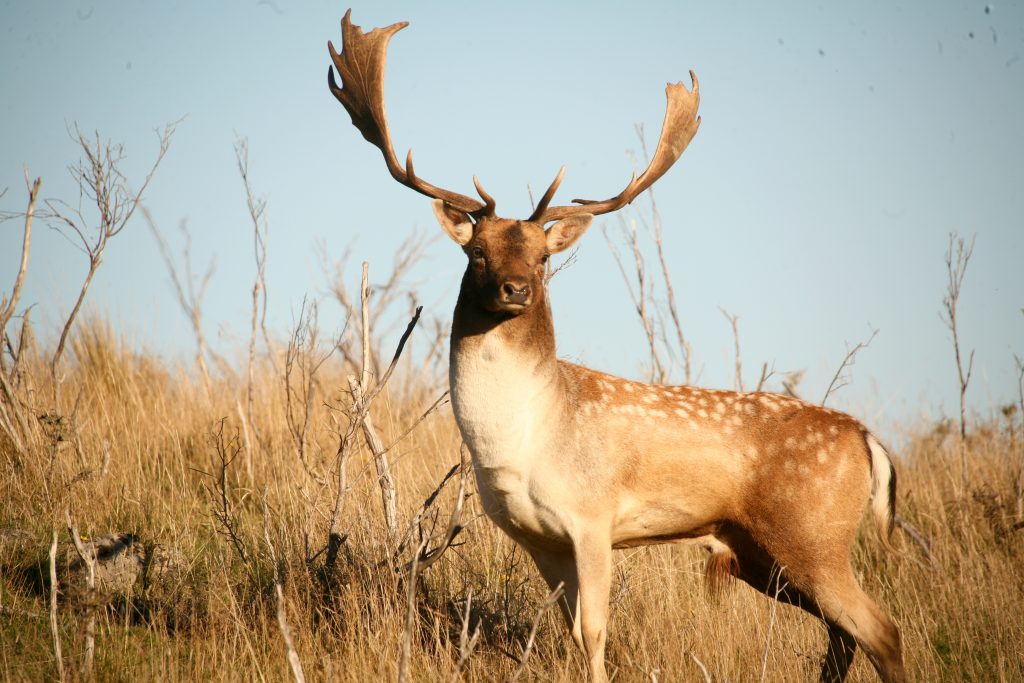
In discussing this topic, let me make it clear I am not a deer hunter. I admire deer.
But I have a foremost interest in the outdoors, the environment, and ecology thus embracing food chains and the relationships of species.
Too often in New Zealand taxpayer-funded agencies interfere by targeting a species branded as a “pest” either out of ignorance or intent, ignoring the effects that can ripple outwards affecting other species from other animals to birds to insects and minute organisms.
Eco-Interference
In New Zealand, ecological interference is carried out mainly by mass poisoning using 1080 poison by the Department of Conservation and Ospri’s bovine Tb control operations.
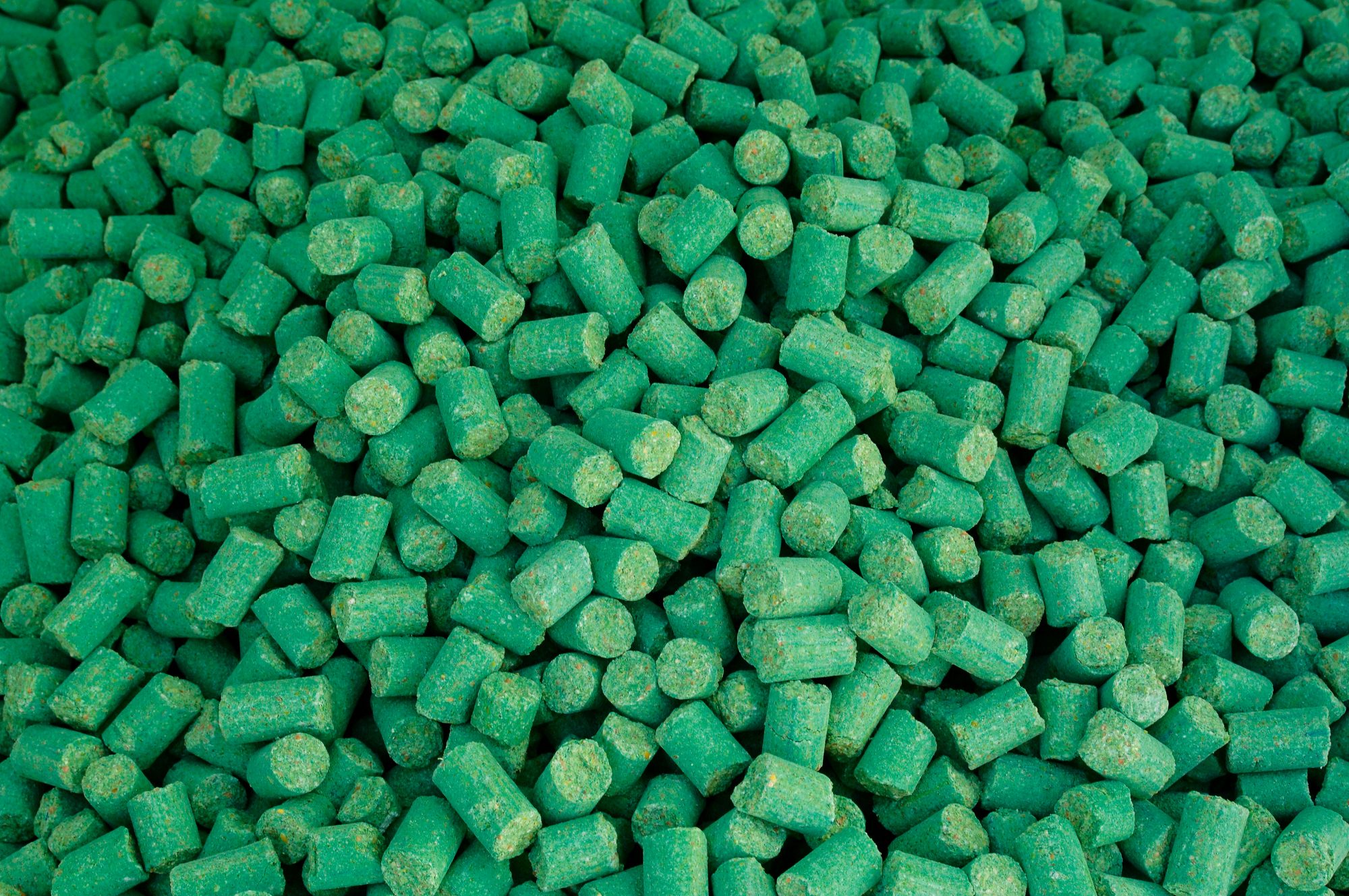
There is an obsession with controlling “pests” via mass poisoning using poisons that kill beyond the targeted “pest” usually rats and possums.
Initial estimates suggest DOC and associates spend upwards of $20m per year on aerial 1080 poison. On top of that add the unknown costs Territorial and Regional Authorities, as well as private entities, pay and it’s an impressive amount.
Firstly it’s important to understand 1080’s origin and its wide-ranging effects. The toxin was first developed in the 1920s as an insecticide.
“1080 is toxic to all living species, including microbes, plants, insects, birds, and humans. In mammals, it causes birth defects, reduced fertility, and damage to the reproductive system, brain, heart, and other organs,” explains People for the Ethical Treatment of Animals (PETA) Australia.
First 1080 Use
In 1958, 1080 was first used in New Zealand in trials on fallow deer in the Greenstone Valley, near Queenstown. Its use was sporadic over subsequent decades until about 1990 – three decades ago – when the Department of Conservation (DOC) was formed. DOC used it both extensively over large swathes of land and intensively with repeat drops.
Hundreds of thousands of hectares of public land and some private land were top-dressed with the poison.
With this being ongoing for decades, you would have expected some progress to show for it, but numerous witnesses among outdoor recreationists testify to the result being silent forests and declining native species.
The outcomes for individual species have been often extraordinary and tragic.
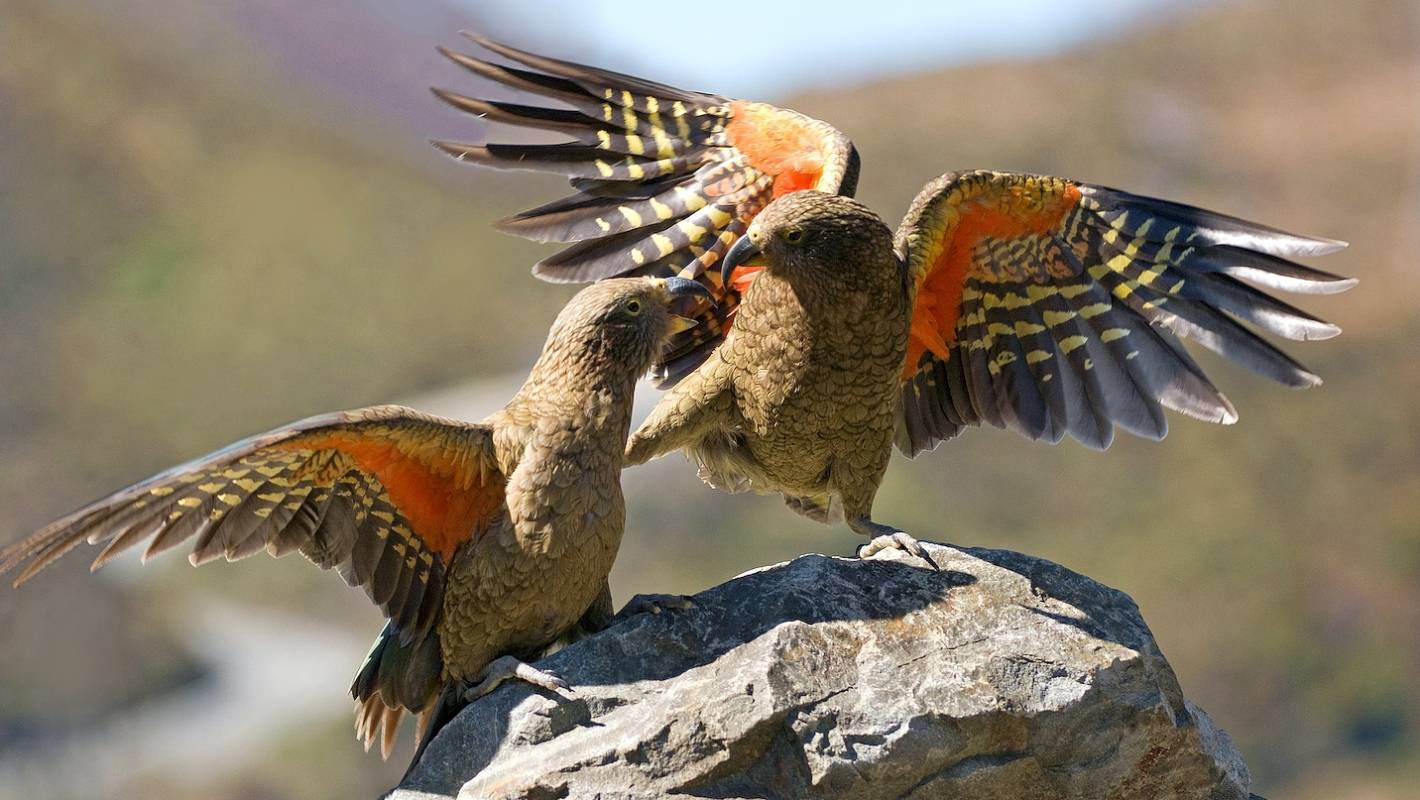
Take for example the lovable scamp of the high country, the kea, once reviled by high country sheep farmers. Kea have gone from being a “pest” in the 1950s with a bounty on them to now numbers plummeting to a classification of “endangered.” status. Even as recently as 1992 there were an estimated 15,000; today less than 3,000.
Fantasy Land
The alibis from DOC have been fanciful and far-fetched. The department has maintained keas pecking at lead head nails on high country hut roofs has resulted in lead poisoning and deaths.
Oh, come on!
A significant number of high country huts were built in the late 19th and early 20th centuries for musterers, deerstalkers, deer cullers, and mountaineers. For over a century high-country huts and keas were totally compatible with kea numbers high for most of the 20th century.
Then was born the Department of Conservation on April Fool’s Day in 1987.
It took a few years for the ugly fledgling to get its feet on the ground and fly, but within a few short years, DOC declared war on “pests” with a vengeance using aerially spread poisons.
DOC has tried to blame predators for kea decline.
Curiously, while Kea were in large numbers as a “pest”, for over 70 or 80 years, possums, rats, and mustelids were also increasing to stable, steady numbers, in the same alpine areas. It’s only since about 1990 and the escalation of aerial 1080, have kea numbers plunged.
Super Effective
Sadly though, 1080 is an ultra-effective insecticide. Indeed it will kill anything breathing oxygen by breaking the so-called krebs-cycle leading to a painful, agonising, and long-lasting death.
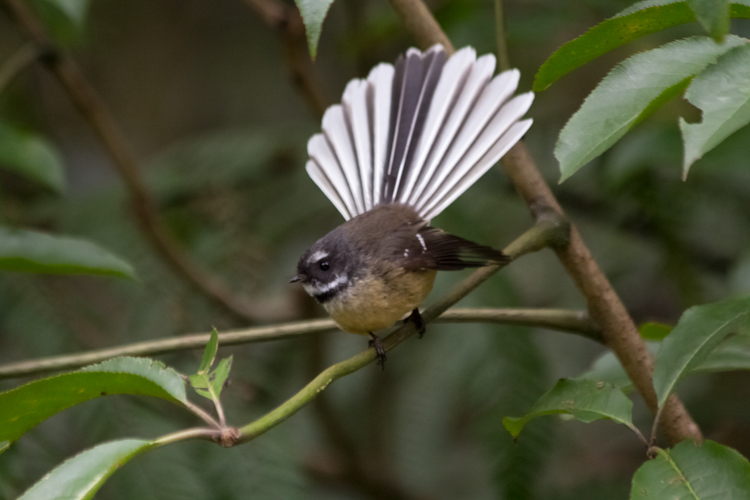
Since it kills insects, the insect life in a forest subjected to 1080 is impacted significantly. Insectivore birdlife such as robins, fantails, and tomtits lose their food source and quickly decline and often disappear.
Likewise, leaf litter is no longer broken down and composted as it should be and flora is left short of nutrients. The saga of a government scientist in respected entomologist Mike Mead is worth recounting.
In August 7, 1995, “Rural News” reported, “former government scientist Mike Meads predicted that continued 1080 airdrops over New Zealand forests will destroy much of the food supply of ground-eating birds like the kiwi.”
After carrying out a study following a Taranaki 1080 aerial drop, he warned “widespread aerial distribution can only have serious long term effects on forests and forest life with the enormous risk of destroying the ecosystem.”
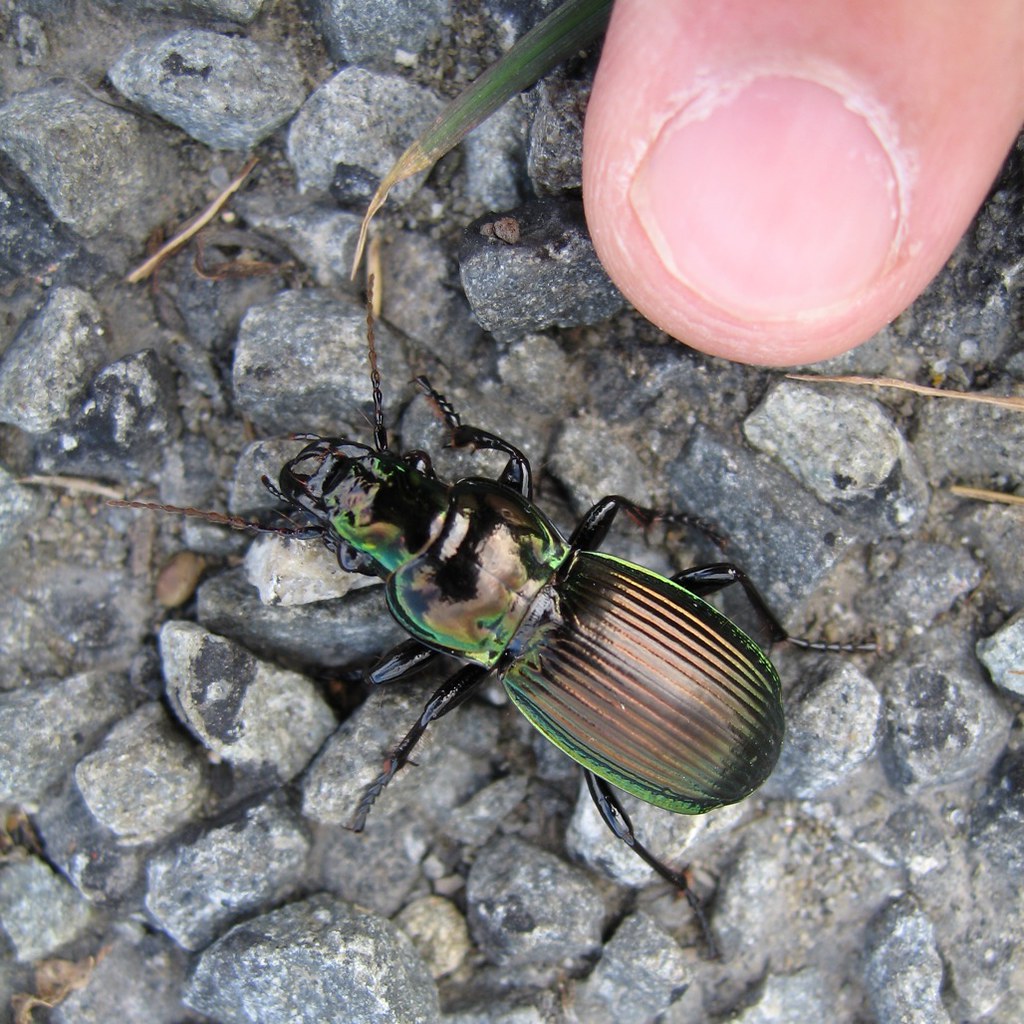
A good discussion of insecta of New Zealand can be had at Massey University here
Mike Meads explained that because 1080 wipes out many leaf-consuming insects and micro-organisms, the litter fails to properly decompose and builds up at an alarming rate.
Zero Decomposition
He had noted following 1080 there was an amazing leaf build-up in some lowland forests after 1080 because, without the organisms, the leaf litter was not decomposing. Complicating the matter was the unusually long life cycle of many forest invertebrates, e.g. cicada has a 17-year life cycle, weta two years. One airdrop of 1080 can wipe out 17-year generations of cicada larvae and they and wetas were important in the kiwi’s diet.
DOC refused to publish Mike Meads’ papers. In addition, DOC put the papers to an in-house peer review which was (predictably) critical.

But Mike Meads wasn’t the only scientist to warn of the adverse ecological effects of 1080. In 1989, DSIR scientist Peter Notman (“Rural News” Oct 9, 1995)) found many insects, particularly subsoil leaf litter feeders, are highly susceptible to the systemic and contact poisoning effects of 1080.
“Rural News” October 9, 1995, detailed the reaction of bureaucracies. Landcare, his new bosses, did not like Mike Meads’ findings. His report was subjected to six ‘peer reviews’ and they commissioned another Landcare scientist, ornithologist E B Spurr an authority on birds – not insects – to duplicate Meads’ project in two different forests about to be aerial poisoned.
So 1080 has been termed “broad spectrum” and “indiscriminate” which in a few simple words means while it may kill the targeted “pest” species, it also kills any other life from insects to birds to valued animals such as deer.
The effects of 1080 go even beyond that.
Fungi are Affected Too
Making matters worse, the fungi that inhabit the forest floor all have their krebs-cycle disrupted – but should we care?
As it happens, trees and fungus not only live happily together, they depend on each other. This is not a one-sided relationship – both trees and fungi benefit from each other. The fungus on a tree helps to facilitate the uptake of nutrients that are not typically as easily accessible to the tree as other nutrients can be. A couple of these nutrients are nitrogen and phosphates, which are both quite important to the tree. In addition, the fungus also protects the roots of a tree from parasites that can be found in the soil where a tree is planted.
Now, what do fungi get in return for doing all of this for the tree? Sugar. Fungi are able to get some of the sugars that are found in the roots of the tree – sugar that the tree itself does not necessarily need.
To further explain how advantageous this relationship is to both, here is a statistic to consider – 85% of all trees (and plants) are reliant on these types of symbiotic relationships, such as with fungi, for their own growth.
They Live Happily Together
Trees and fungi do not hate each other, despite what some think. We know that trees are vital for us to survive as they draw carbon dioxide from the atmosphere, convert it, and breathe oxygen back into the world. But, often unrealised is that trees grow both quicker and better when specific, specialized microorganisms are found in their root systems.
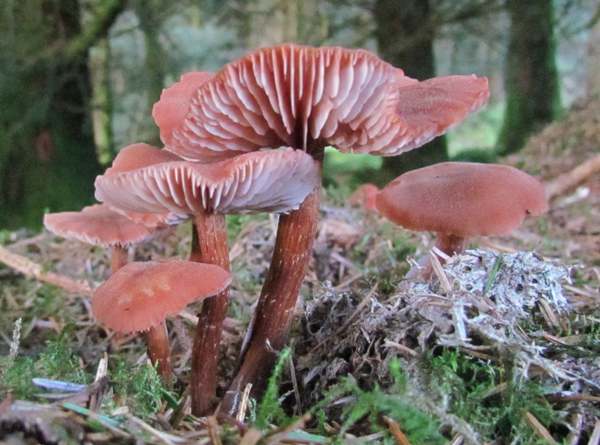
These microorganisms can be a type of fungus. When the Laccaria Bicolor fungus is present, the tree grows better than without it.
When people see fungi on a tree, a common instinct is to remove it. But stop and think. Instead, consult with a knowledgeable arborist to determine if the fungi identified actually have a harmonious relationship with your tree.
Of course, when trees or leaf litter decomposes, fungi, as well as other micro-organisms, facilitate its breakdown. The fungi then transport the nutrients to surrounding trees and vegetation to be reabsorbed. Yet another cycle to be broken by an ecosystem toxin such as 1080.
I do wonder about North Auckland’s Kauri Die-Back problem and ponder just what mystery surrounds it?
Could it be as simple as if killing the fungi around it also kills the tree?
Better minds than I can answer that one.
In part 2 we will look at other impacts of 1080 poisoning and the devastating effects it can have, and our Government’s (past and present) ruthless and ever-expanding 1080 programme.

This is a very competent article explaining the complexity of the ecosystem’s food chains which seems to be beyond the Department of Conservation’s comprehension. Use of mass poisoning suddenly removing a component causes disruption n the ecosystem.
It also shows the foolishness of using a broad spectrum toxin, that goes beyond the targeted “pest.” Well done Andi Cockroft.
1080 poison is supposed to be the saviour of our native wildlife yet we read in the media and hear on the radio regularly that some of our iconic species like kiwi and kea will be extinct in a few decades at their present rate of decline. Any monitoring of 1080 drops I have done never adds up to what many scientific reports are saying.
Australia has possums yet they rid the country of tb by killing all cattle herds infected with tb yet possums are still blamed for tb in NZ.
60 odd years of the widespread use of 1080 poison hasn’t changed a thing.
Poem: CONUNDRUM OF THE POSSUM
Conundrum of the possum
Much vilified
How many millions
Have inhumanely died
People who preach conservation
On the very next breath
Preach Aerial 1080
A cruel and terrible death
Poor ole possum
With powerful poetic editor
They mock-up their photos
And condemn him as a predator
People call them pests
For just doing what they do
What if they decided that
Of either me .. or you?
Relentlessly they carry on
With Aerial 1080 drop
New Zealand’s War on Wildlife
When will it ever stop?
Humanity pushes wildlife
Ever-closer to the brink
Wildlife as a rarity
May be closer than we think
They tell us of 1080
“Best tool in the toolbox”
If that is truly best
It really is a fool box
Is it a success, or
Is it just brown faeces
When it kills the intended
Beneficiary species
For non-target bykill
Is a major outcome
It’s truly astronomical
Over 90%, of some
And when it comes to natives
The species meant to gain
Up to 50% of Kea killed
It really seems insane
If you or I did this
We would go to jail
Yet so-called “conservationists” do it
On a massive scale
No-one’s saying leave them be
We accept they need controlled
Plenty of people happy to
We are, already sold
Most successful species?
Of course, the mighty Rat
Pursuing its demise?
The utter futility of that
Idea of mainland banishment
Nothing stupider, than it
Most successful hanger-on
Maybe on the planet
Knock it back, guess what
Within a year or two
Bounce back more than ever
Simply what they do
And then there is the stoat
Who wouldn’t wish it gone
But population dynamics
Ensure even it lives on
At a time of crisis
A call to humanity
We simply must remember
Our planet’s fragility
Native species sacrificed
No Kea left to see
That’s the only way
We’ll ever be “pest free”
For there ain’t no way around it
Way the world is, Cuz
Nature just entwines itself
That’s simply what it does
(Stewart Hydes
March 2020)
The puritanical view of cleansing NZ of so called “pests”almost exclusively non native creatures has prevailed for decades,resulting in the enormous taxpayer cost of dumping lethal indescriminant broad spectrum poisons on public & private land, with the potential to kill all living creatures. These misguided ideas originate from Ernst Haekl in Germany. The idea was picked up by the Nazi movement in 1930’s where blame was attributed to certain identified causes of the country’s ills. The native is best belonged to the propaganda of the German blood is the same as the soil, all else must be removed,”cleansing the homeland. We’ve all seen the sign “Juden Verboten” and pictures of the ovens at Auschwitz. NZ has long suffered this pest/ evilsnon native mind set.Even now seen in the new history curriculum wherethe history is to be taught through the native culture lens, all others to be seen as evil priviledged invaders colonizing/ displacing the purity of the native land.We must set this thinking on a dusty shelf alongside Bat Man & the tooth Fairy.Moving toinclusive balanced ecology.